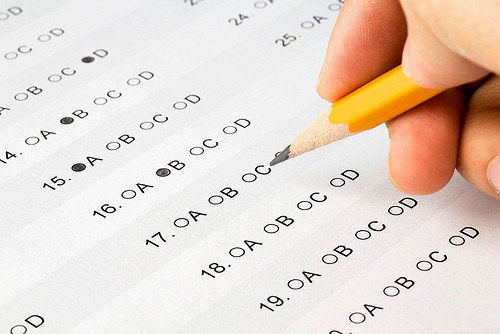
As U.S. News & World Report issues its newest rankings, we are reminded not only of the volatility and mystery surrounding these magazine rankings, but, much more importantly, of the ways in which the rankings simply don't begin to comprehensively capture the strategic directions that most of higher education must follow to establish secure footholds in what is often referred to as a "new normal" world.
The world in which our students are growing up is increasingly defined by population growth in geographic regions well beyond many of our traditional footholds, certainly beyond the northeast. It is defined, in human terms, by an ever-more diverse and trans-national college-going cohort, and by the pressure on families (all across the income spectrum) to afford the costs of college, certainly for private institutions, but even for the publics, as well.
To illustrate, let me focus on what I know best, Syracuse University, even as I would suggest its relevance to much of higher education. Our strategy is to be right there in this new landscape, expanding our reach at a time when we believe universities need to look outward and engage. We do that in our scholarship worldwide and as an anchor institution in our community, and we are doing it by focusing on reaching the students of tomorrow. And we are succeeding -- with or without the imprimatur of popular magazine rankings.
Our applicant pools for the last several years have been at record high numbers, and we have surpassed our enrollment targets in each of those years, resulting in a high-quality geographically, socio-economically, and racially diverse student body, establishing SU as a place in tune with the world. We believe strongly in "education for the world, in the world," and that world starts right here on our campus in Syracuse, NY.
To bring that world to Syracuse, we are vigorously expanding our admissions base to reach the best students in growing population centers such as the southwest, southeast and west coast -- places where SU alumni are coming out in record numbers to build our "geographies of opportunity." We are creating seamless K-12 talent pipelines such as through Syracuse's Say Yes to Education collaboration that supports Syracuse City School District students and sends them to colleges and universities all over New York State and beyond.
Like many of our colleague institutions, we know that we must reach the treasure trove of talent in our nation's community colleges. We are forging innovative "2 plus 2" partnerships with community colleges across the country, which are building new pathways of opportunity for terrific students who have the resolve to pursue higher education, sometimes against the odds. We are redoubling our commitment to providing need-based financial aid to a wide range of families feeling the pressure of our country's economic instability. All of these efforts, taken together, are securing Syracuse University's position in the world just as we did so many years ago, by tripling enrollment literally overnight to lead the way in recruiting post World War II veterans. And while we aren't planning to triple our enrollment, we are following this hallowed tradition, both in our specific embrace of post 9/11 veterans, and in our wider embrace of hard-working, entrepreneurial students ready to engage the world and to make a difference for us all.
How, then, does this relate to the annual ritual of U.S. News and other rankings? Unfortunately, in our view, most, if not all, of the metrics emphasized (even lionized) in these rankings stand fully to the side of, and sometimes directly in conflict with, the efforts that we and many other colleges and universities are embracing to be places of opportunity that optimize impact and reach and thus serve our country's future. At the very moment when voices are being raised all across our country to ensure our national competitiveness by educating the broadest, most diverse population we've ever had, U.S. News rewards institutions for the number of students whom they can reject, not for whom they reach; for keeping their student bodies small and elite; for using merit aid to recruit the highest SAT students, by necessity missing some students whose toughness and resolve will serve them and us well in the test of time.
In fact, the body of evidence showing how poorly standardized tests predict success mounts relentlessly, even as each new edition of the rankings enshrines them as arbiters of merit. As Alfred Binet, the father of the modern IQ test, once said, it's not always the people who start out the smartest who end up the smartest. This is certainly what employers tell us all the time -- the graduates they most value and are quickest to hire have had on-the-ground experience with diversity, team work, entrepreneurial problem-solving -- all the assets and experiences that fall off the charts as colleges and universities and their student bodies are ordered by traditional metrics.
While these rankings and the narrow set of metrics they value may sell magazines, many of us do not believe that they represent the best and brightest hope for higher education's role in forging a better future. Apparently, there are many students and their families who agree with us, and many faculty, corporate and community partners, alumni and friends eager to build a more competitive and prosperous nation. To do this, they agree that we can't simply continue to guard narrow definitions of merit; we all must reach out expansively to give the next generation -- all of them -- a taste of education truly in step with the world.
